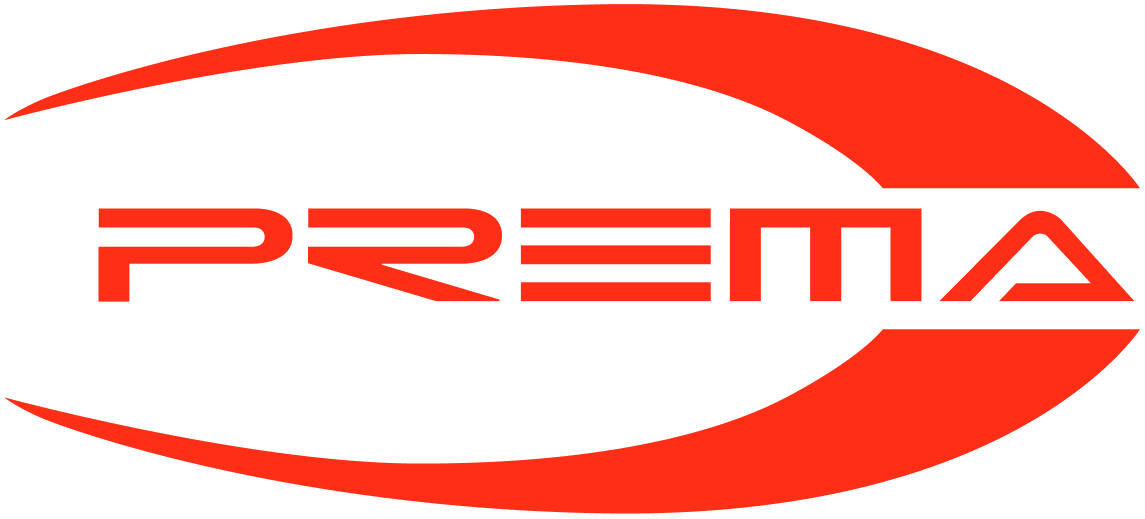The energy industry is largely driving the global vision for a more sustainable future. Wind, solar, and a number of other energy solutions are gaining popularity – and funding – at higher rates than ever before.
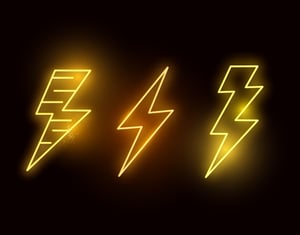
While sustainable energy production is on the rise, a daunting challenge for the sector remains: the problem of storage. Wind turbines and solar panels provide consistent power on their own when it’s windy or sunny out, but additional energy storage is needed for calm days or nighttime.
Fortunately, compressed air could provide a solution. A relative underdog in the race toward sustainability, micro-CAES, could be the ultimate energy storage solution, combining the longevity of fuel cells with the power-storing technology of batteries.
In essence, CAES systems operate by harnessing surplus electricity to compress air to be subsequently stored in either a self-contained vessel or an underground cavern. Stored energy can be released throughout the day, supplementing power plants to meet peak energy demands throughout the day. When energy is needed, the CAES releases stored air through a gas turbine that generates electricity.
CAES systems are durable and highly sustainable, allowing for a potentially limitless cycle of charging and discharging. In opposition, over their lifetimes, chemical batteries can store only 2 to 10 times the energy required for their production. In addition, batteries must be replaced at regular intervals, while CAES enjoy low maintenance demands and a much longer life expectancy due to their intrinsic sustainability.
Another advantage of CAES systems over battery storage systems is that they do not necessitate the use of toxic or rare chemicals. CAES vessels can be manufactured with affordable materials by small businesses, rather than by large manufacturers who must extract materials like lead, lithium, and rare earth elements from the environment. Plus, the recyclable metalware with which CAES are constructed helps to boost their overall energy efficiency.
CAES systems are also more cost-effective than batteries. In fact, batteries yield negative energy ROI in the long-run due to the expenses of materials extraction, the declining availability of requisite chemicals in the environment, and the steep costs of maintenance and replacement.
While the initial investment of CAES may be higher than that of a battery storage system (and accounting for the fact that micro-CAES installed above-ground may be more expensive than underground systems), CAES systems yield much higher annual ROI than chemical batteries thanks to their longevity and reliability.
CAES storage systems can be designed in one of two ways: constant pressure storage or constant volume storage.
Constant pressure storage works by keeping gas in a variable volume vessel and the storage vessel, which is kept hundreds of meters underwater, remains at constant pressure. Atop the storage vessel is column of water whose hydrostatic pressure can keep the vessel at constant pressure. Plants charge at night and discharge air to create power during the day.
Since air pressure remains constant regardless of volumetric fluctuations in this kind of storage system, the turbine is easily able to process all of the stored air, optimizing the system for high energy efficiency. Constant pressure systems are also highly flexible, with the ability to be placed wherever they are needed.
Constant volume storage offers a more affordable – if slightly less efficient – solution. Constant volume storage doesn’t require underwater installation, and instead involves a chamber with highly inflexible walls, thermodynamically ensuring constant volume while allowing for variable pressure. This kind of system is usually implemented in underground caverns, but above-ground pipelines may also be used for more accessible storage.
The one downside to constant volume storage is a drop in efficiency, since the pressure of the system must stay above a certain level to meet safety standards. As a result, not all the compressed air can be used at any given time.
Traditional CAES systems are generally considered a form of large-scale energy storage, often compared to a pumped hydropower plant. Traditional CAES require accessibility to underground caverns composed of porous rock, which allows the passage of expanding air. The expanding air subsequently passes through a turbine, which in turn, powers a generator.
However, traditional CAES systems are rarely employed because of their inherent inefficiency. In fact, due to inevitable energy losses, the final electric-to-electric efficiency of these systems generally hovers between 40 and 52%, as compared to the 70 to 85% for pumped hydropower plants and up to 90% for standard chemical batteries.
On the other hand, micro-CAES systems can be created in self-contained vessels, eliminating the strict geographical demands of a traditional CAES system and lifting energy efficiency. These smaller systems could be optimized to operate independently or in connection with the electric grid, and could work in tandem with a battery system.
The main reason to investigate decentralised compressed air energy storage is the simple fact that such a system could be installed anywhere, just like chemical batteries. Large-scale CAES, on the other hand, is dependent on a suitable underground geology. Although there are more potential sites for large-scale CAES plants than for large-scale pumped hydropower plants, finding appropriate storage caverns is not as easy as was previously assumed. They operate technically in the same way as larger CAES systems, but offer the advantage of accessibility, as they can be installed above-ground at any given location.
Three crucial problems currently inhibit wide-scale implementation of CAES systems: inevitable heat losses, limited storage capacity, and low efficiency.
Compressing air generates significant heat, which accounts for a majority of the total required energy input. What’s more, when air is released, it expands, and heat decreases, resulting in a loss of energy.
To combat this issue, most CAES models offer potential solutions for either storing the heat created during compression or generating additional heat with natural gas to supplement the losses suffered in the power generation process — which decreases the system’s sustainability. The best option is the former, as the efficiency of the entire system is optimized when heat is conserved during compression to be released during expansion in the power generation process.
In addition, current storage solutions don’t allow high volumes of air to be stored at a time, rendering the systems impractical for large-scale implementation. One potential solution may be storing air at a higher pressure in order to increase volumetric density. However, this introduces a new problem: storing energy at higher pressure in order to increase density subsequently diminishes energy efficiency.
Both the problems of heat losses and limited storage capacity can contribute to the overall problem of diminished energy efficiency. Another factor that inhibits the system’s potential viability as a sustainable storage solution is the staggering energy demands of the modern world. As electric power consumption across the globe continues to rise, the energy outputs of small CAES systems may be impractical to meet demands, especially in countries like the U.S. and Canada, where the average yearly household electricity consumption tops 10,700 kWh.
It’s clear that compressed air energy storage systems face a number of daunting challenges. However, with engineers and scientists across Europe and the U.S. supporting research into improving the practicality and efficiency of CAES, it has potential to alter entire energy landscapes, and perhaps lead to a more sustainable future.
At Mattei, we share with today’s CAES stakeholders the values of reliability, durability, and energy efficiency. For that reason, we’re excited to see wherever CAES technology may lead.
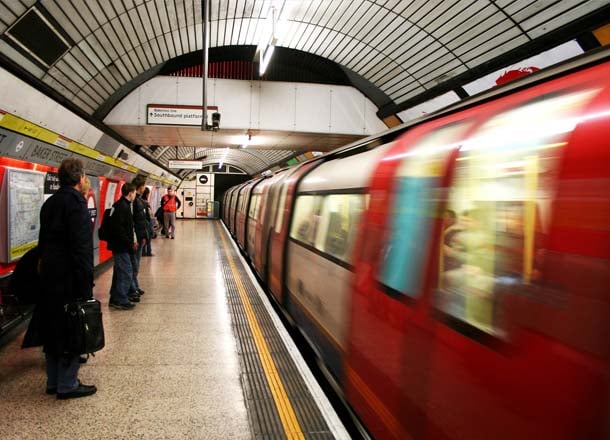
Mattei offers a wide range of vane compressor models that perfectly meet the specific needs of the transport industry.

The reliability of Mattei compressors, the high quality standards of the delivered compressed air and the compliance with the industry regulations, make them ideal to be used in the healthcare and pharmaceutical industry.

Reduced operating costs, environmental sustainability and extreme purity of the air supplied make Mattei compressors suitable for all processes in the food industry.
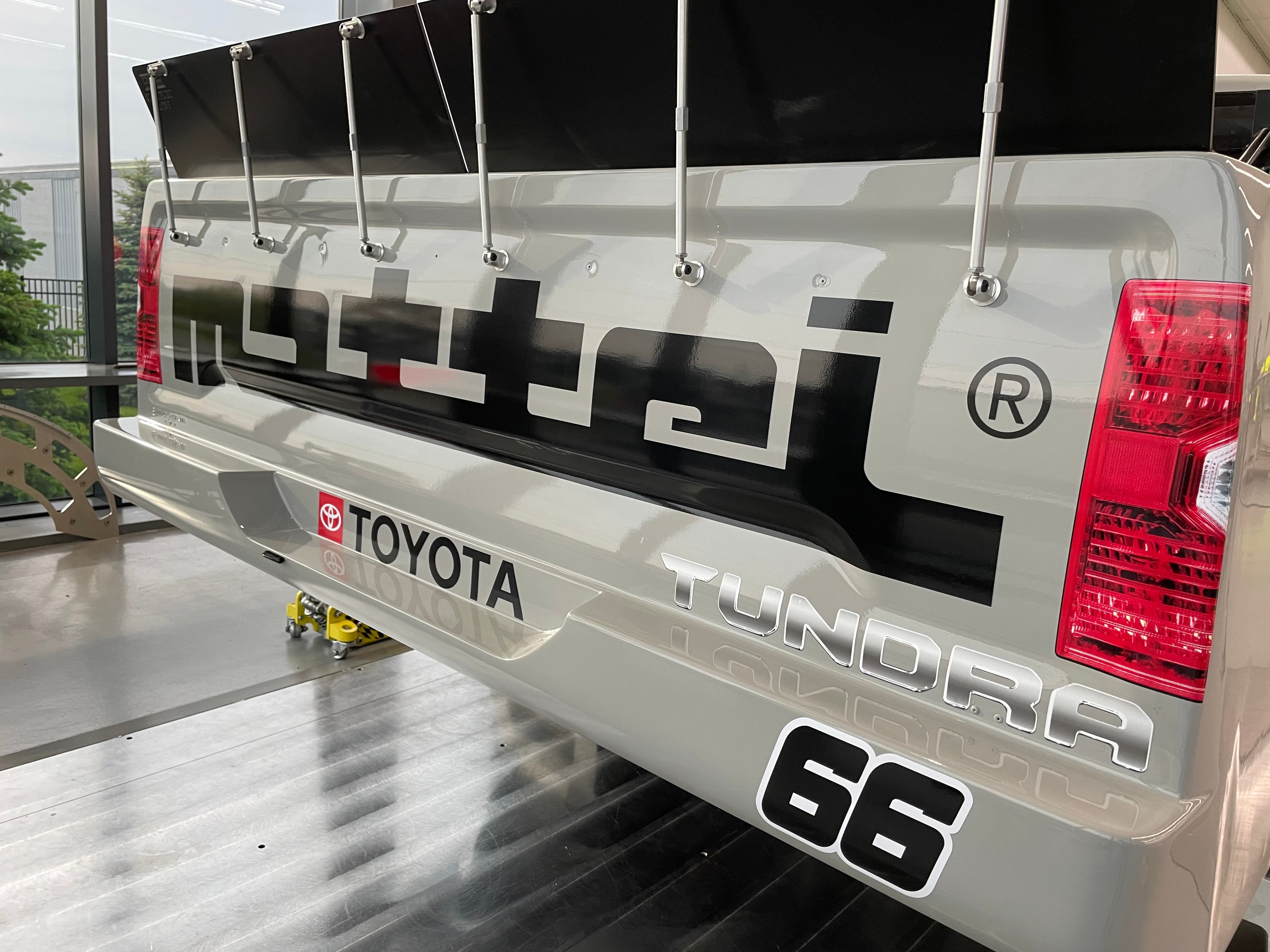
Good luck ThorSport Racing. Waiting to watch the racing!
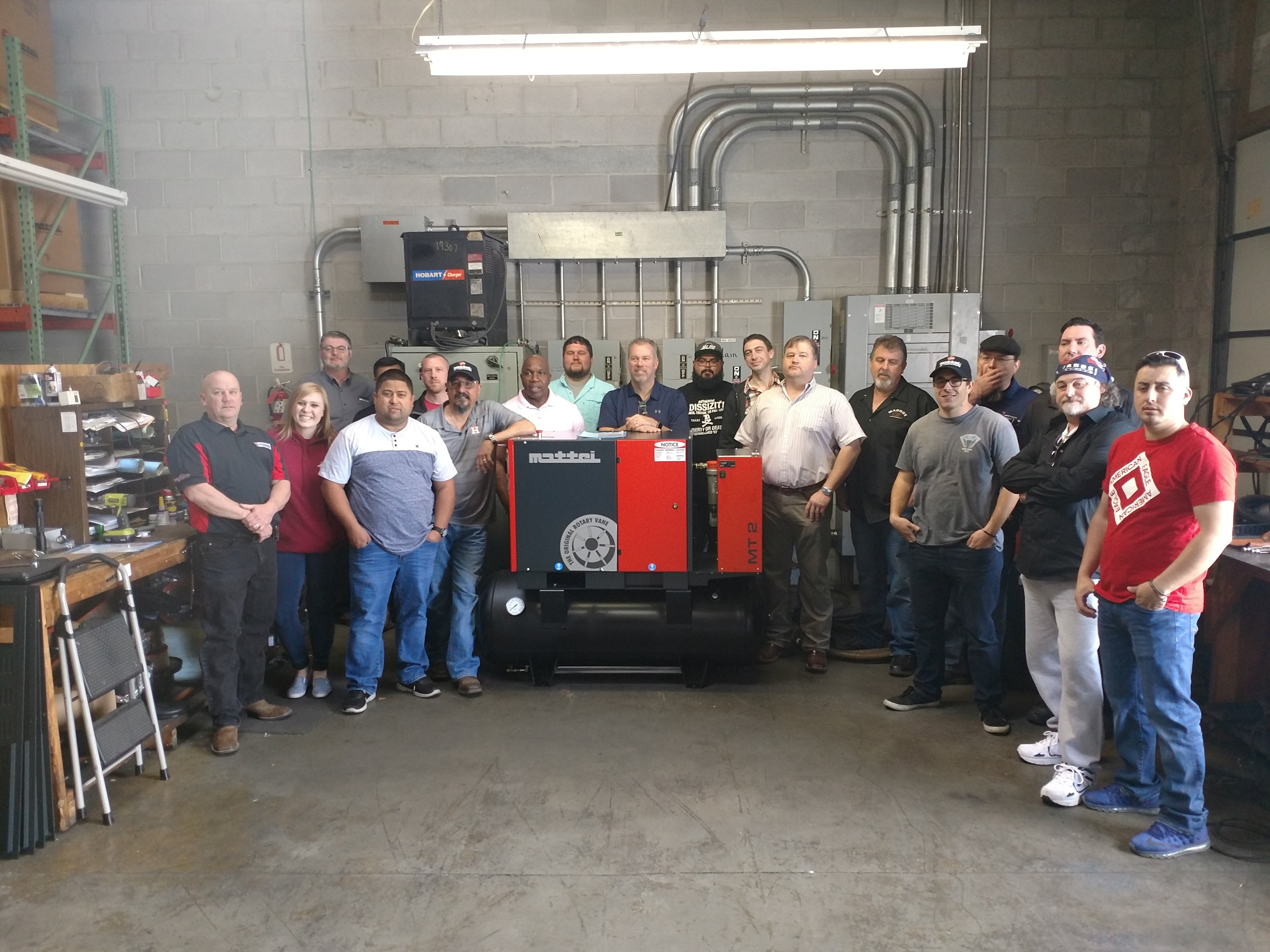
We recently held our Spring 2018 Service School for distributors. The school graduated 17 participants from both the sales and service sides.

Today, Mattei Compressors, Inc., announced the recipients of its 2017 Distributor Awards. These distributors went above and beyond to provide high-quality service to Mattei customers over the past year.
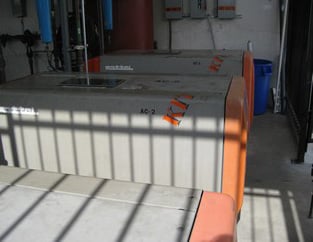
Helix Medical, LLC is widely regarded as a premier supplier of biocompatible silicone medical devices and components to the medical device, pharmaceutical and biotech industries.
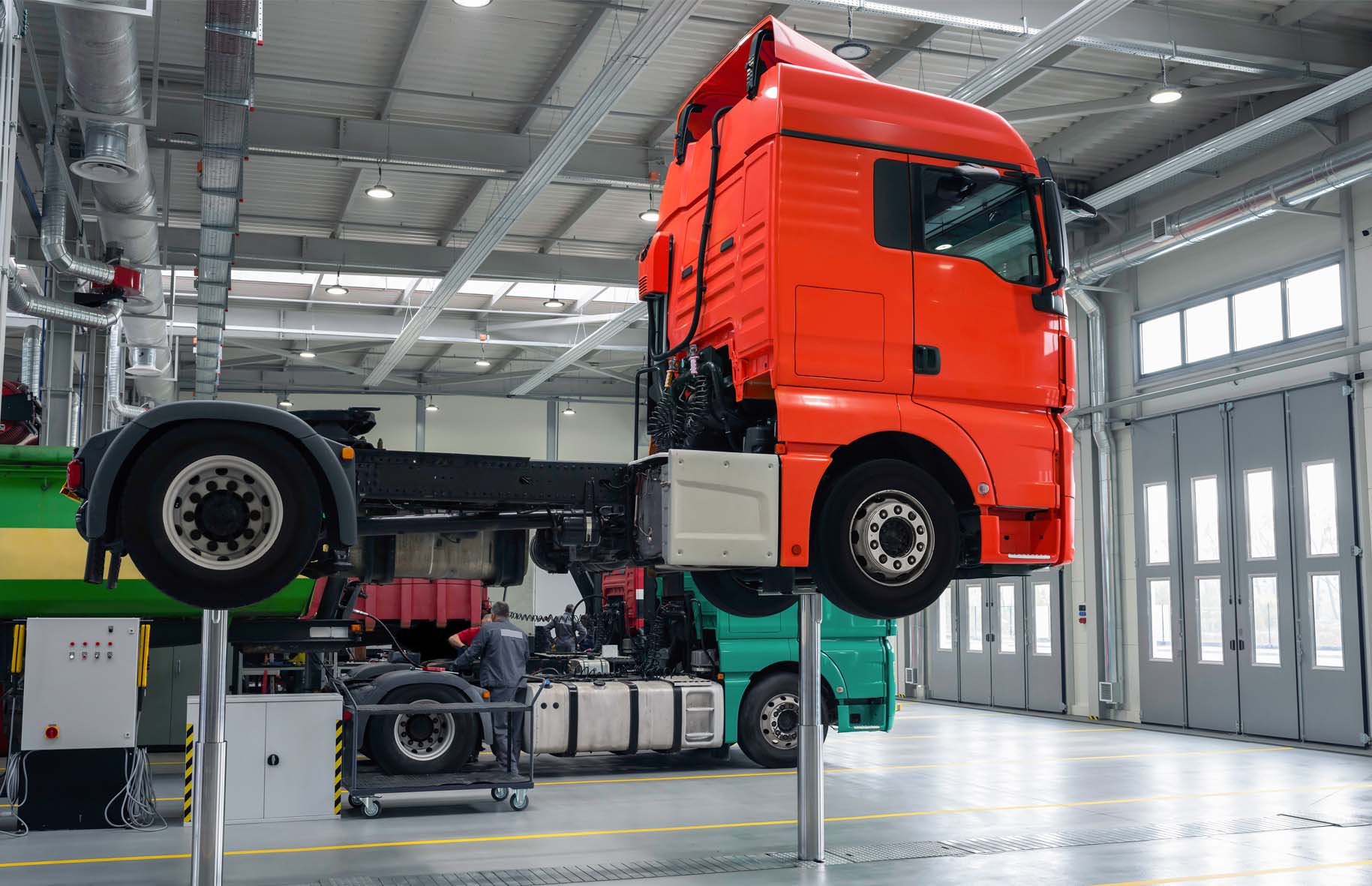
John Baker Sales, a Mattei distributor located in Colorado, worked very closely with Transwest to ascertain the company’s needs prior to making a product recommendation.

